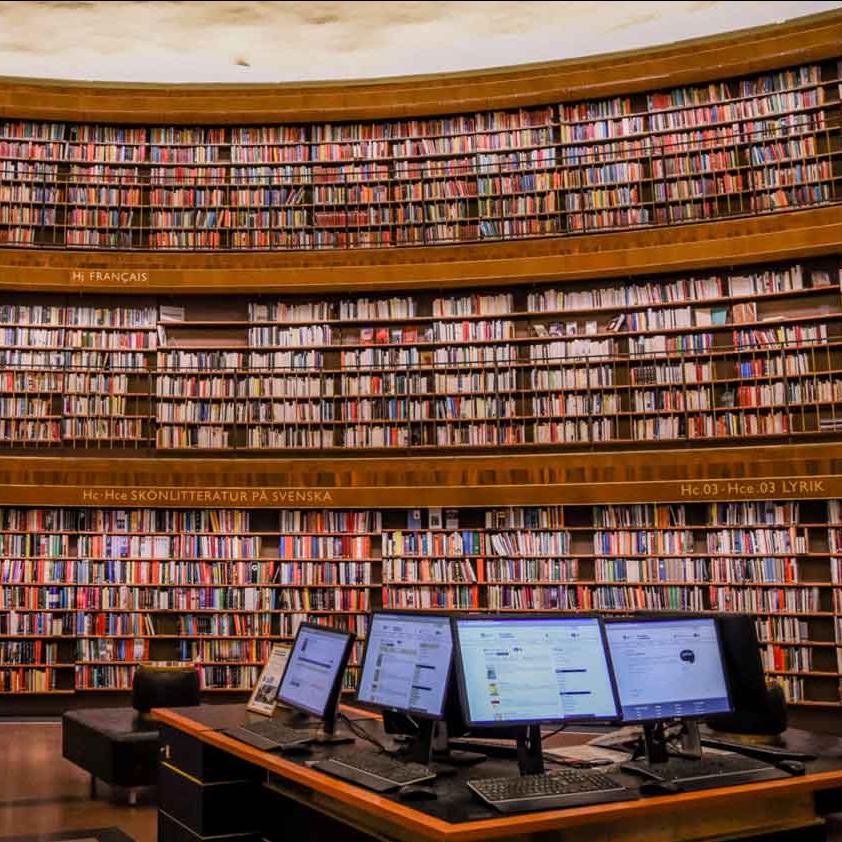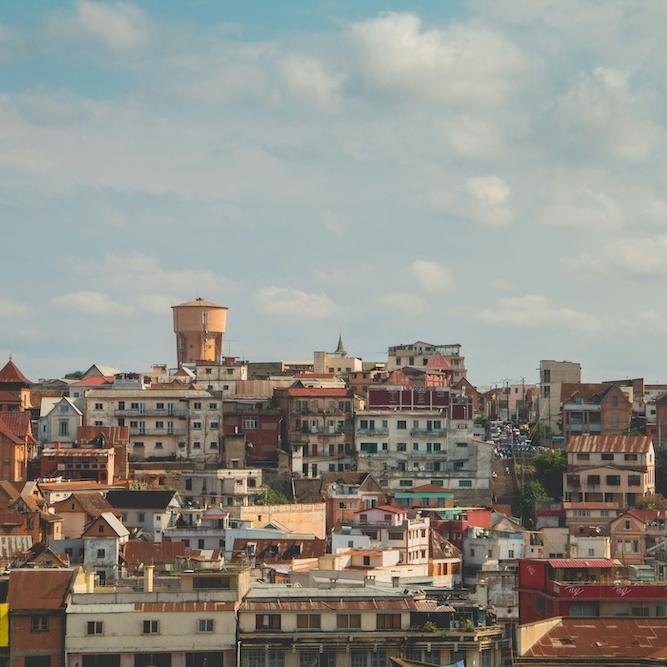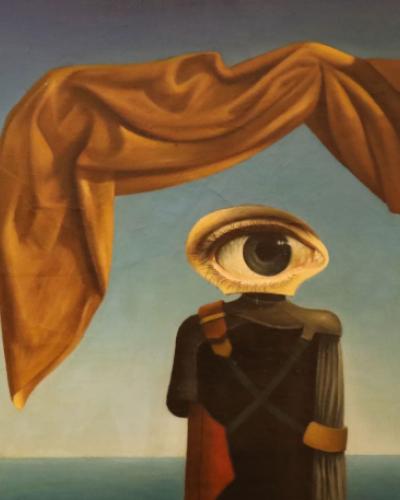Last night marked the opening of a must-see surreal exhibit titled When Arts Become Liberty, an important documentation of the work of Egypt’s surrealist artists in the period between 1938 and 1965. Taking place at the beautiful and culturally rich Palace of Arts, located on the Cairo Opera House grounds, this mind-blowing exhibit sheds light on a variety of artists we didn’t even know existed. Instantly enthralled we reached out to the Cornell University Art Historian and a co-curator, Salah Hassan, for a unique insight into both the exhibit and most importantly the artists that inspired it.
From the moment we entered the Palace of Arts, our jaws dropped to the floor where they would remain until we left the exceptional exhibit. Not only was the strategically redesigned gallery hall an impressive sight, but the rich content emblazoning its walls with an Egyptian voice often forgotten, igniting a myriad thoughts as the story unfolded from room to room. "The show is divided into sections that tell a story. We start with the Art and Liberty Group. We move into the Contemporary Art group, which is a relatively younger generation that coincided with them, and then we enter what we call the After-Life of Surrealism, because many people assume that surrealism died with the Art and Liberty Group movement,’ explains Hassan one of the co-curators.
Explaining the story from its humbling beginnings, the exhibit has equipped each section with prominently hanging explanation of the evolution of the movement. The story begins December 22nd, 1938 in Cairo, Egypt with a manifesto signed by a group of artists, writers, and journalists titled ‘Long Live Degenerate Art!’, which strongly opposed and mocked the rise of fascism in Europe and the censorship of modern art by the Nazis. Providing further insight Hassan tells us, "This exhibit shows a generation that was responding to the needs of their time. They were responding to global issues like World War I and the rise of fascism."
The release of the manifesto gave rise not only to the modern art movement, but also branched out to surrealism and the Art and Liberty Group (Jam’at al-Fann Wa Al-Hurriyyah) who were most active between the years 1938 and1945. Taking part in this movement were some of Egyptian art history's most cherished contributors including Ramses Younan, Inji Efflatoun, Fouad Kamel, Anwar Kamel, Kamel Telmisany, among others. "If you look at the work of Ramses Younan, you can see a lot of concerns with so many issues that had to do with the disappointment of war, issues of colonisation and dehumanization," Hassan poignantly describes.
Read the entire article on CairoScene.





